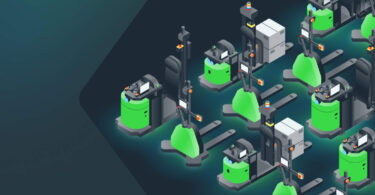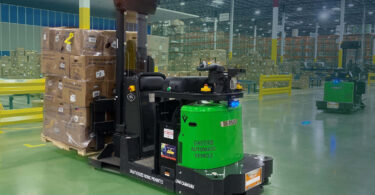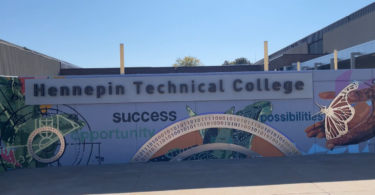Breaking down some common terms in your digitalization journey
The Fourth Industrial Revolution comes with a lot of new terms that can make understanding how to implement it very confusing. Digital Transformation, Smart Manufacturing, Industry 4.0…what does it all mean? Well, we’re breaking down some common terms you come across in your digitalization journey. This time we’re talking about the terms: brownfield and greenfield.

History of Brownfield vs Greenfield
The terms “brownfield” and “greenfield” originate from the world of urban development. In this context, brownfield means using an existing facility or having to tear down a previously used space. And greenfield means building something from the ground up in a space that has never been previously developed.
These terms are used commonly in many different contexts, including property investments, environmental programs, and software development. But these terms are also commonly used to reference digital transformation efforts taken on by manufacturing companies. The definitions are very similar to that of urban development, except instead of thinking about it from a physical building standpoint, it is instead digital architecture added to physical machinery for data curation and analysis.
Brownfield and Greenfield in a Manufacturing Setting
In manufacturing, brownfield refers to upgrading legacy machines and infrastructure to meet digital transformation needs. These facilities often have no significant digital infrastructure. A project like this involves enhancing connectivity on existing machines to bring facilities online that may have never been online previously. Another way to think about this is an analog application.
Greenfield refers to extensive purchasing of new equipment to meet the same digitalization standards. These types of projects would involve finding equipment that was built with digitalization in mind. It would enhance data generation and analysis. Another way to think about this is a digital application.

Which is Better: Brownfield or Greenfield?
In the world of manufacturing, brownfield projects are more common for digital transformation. There is often not a need to eliminate all legacy machines from a facility just to gain necessary automation and data for full digitalization. In some cases, it may be necessary to purchase new equipment that will better meet the growing needs of data collection and analysis for rapidly expanding businesses.
However, existing infrastructure can easily be upgraded to allow data to be brought up to the cloud using SICK’s digital transformation tools and capabilities. And it could be argued that bringing legacy machines online is more important than purchasing new equipment as it saves not only money, but also time and labor costs. This is because a vast majority of manufacturing facilities are already considered brownfield sites.
According to the Bureau of Economic Analysis, the average age of industrial assets in the United States was around 10 years old in 2020. This means that many of the machinery currently operating in manufacturing facilities could easily be integrated into a digital transformation infrastructure given that it is not too old. However, though 10 years doesn’t seem very old for equipment, the digital age has changed things dramatically. Rapid developments in cloud and edge infrastructure, intelligent sensors, and IIoT solutions have led many manufacturers to question how best to implement brownfield projects.

Getting Started on Your Digitalization Project
Whether you want to do a brownfield project or a greenfield project, the key to beginning your digital transformation journey always starts with understanding key goals, objectives, and strategic ROIs for a project of this type.
Many assume that connecting all assets immediately provides a return on investment, but this is not true. A complete digital transformation approach requires a thought-out plan to determine that all business goals are being met.
But this doesn’t have to be a challenging process. It can start as simple as using sensors to monitor performance of machines and required maintenance. Knowing how well your machines are performing enables you to better understand how to reduce energy costs while increasing productivity. And understanding the lifecycle of your machine allows you to reduce downtime and better schedule maintenance (planned downtime) during off hours.
If you’re ready to get started on your digital transformation project, contact a member of our Consulting and Digital Solutions team today! We have experts on hand that can walk you through the process of implementing a brownfield or greenfield project.





